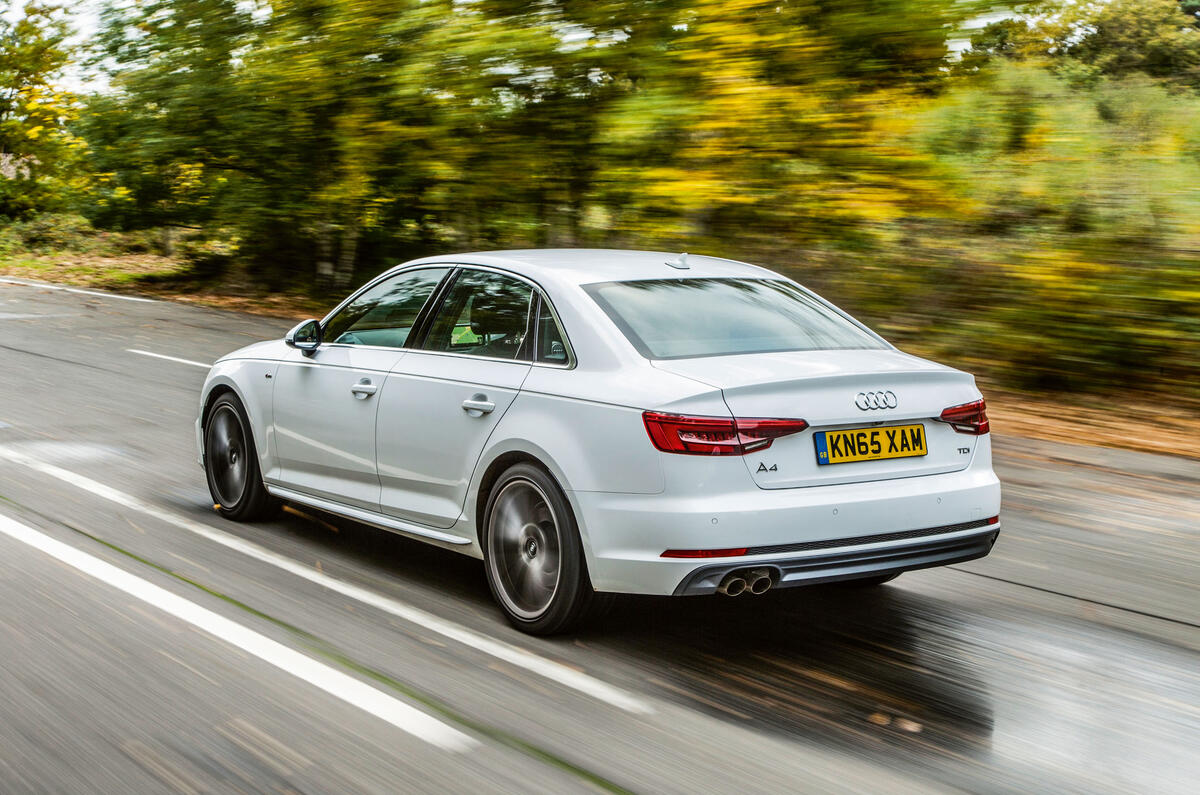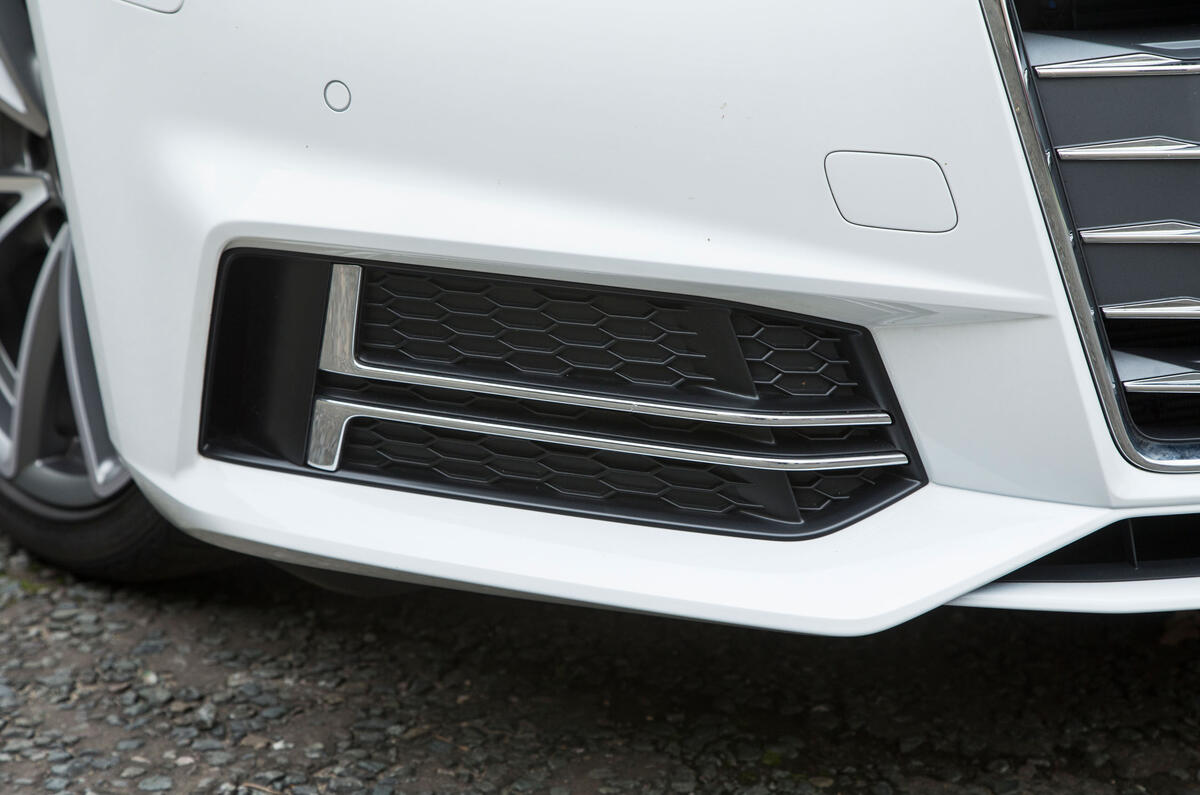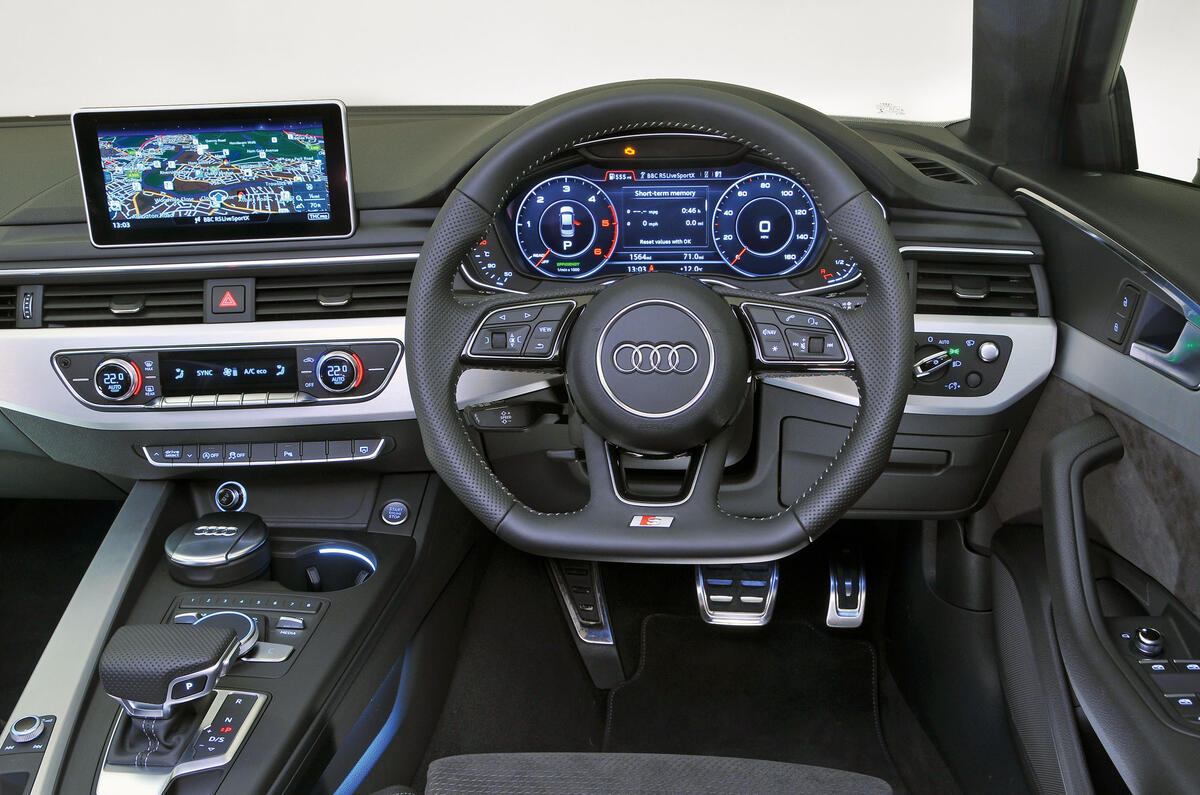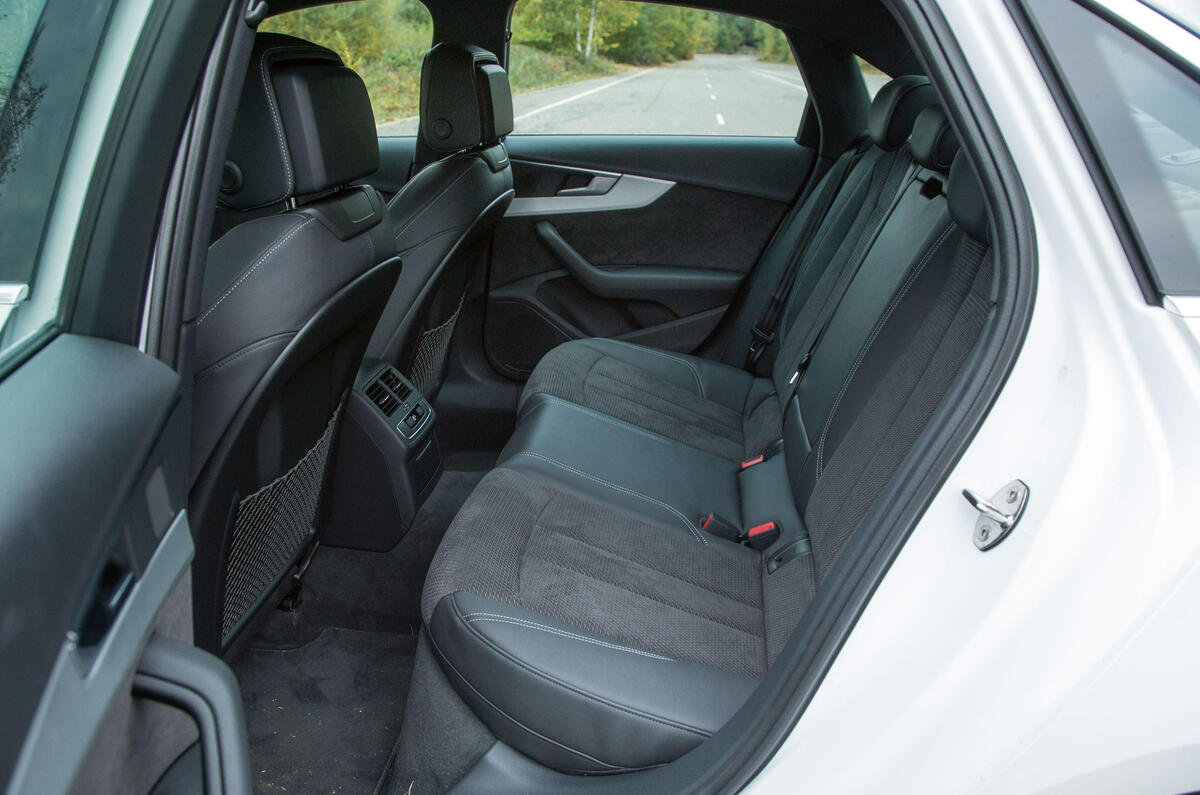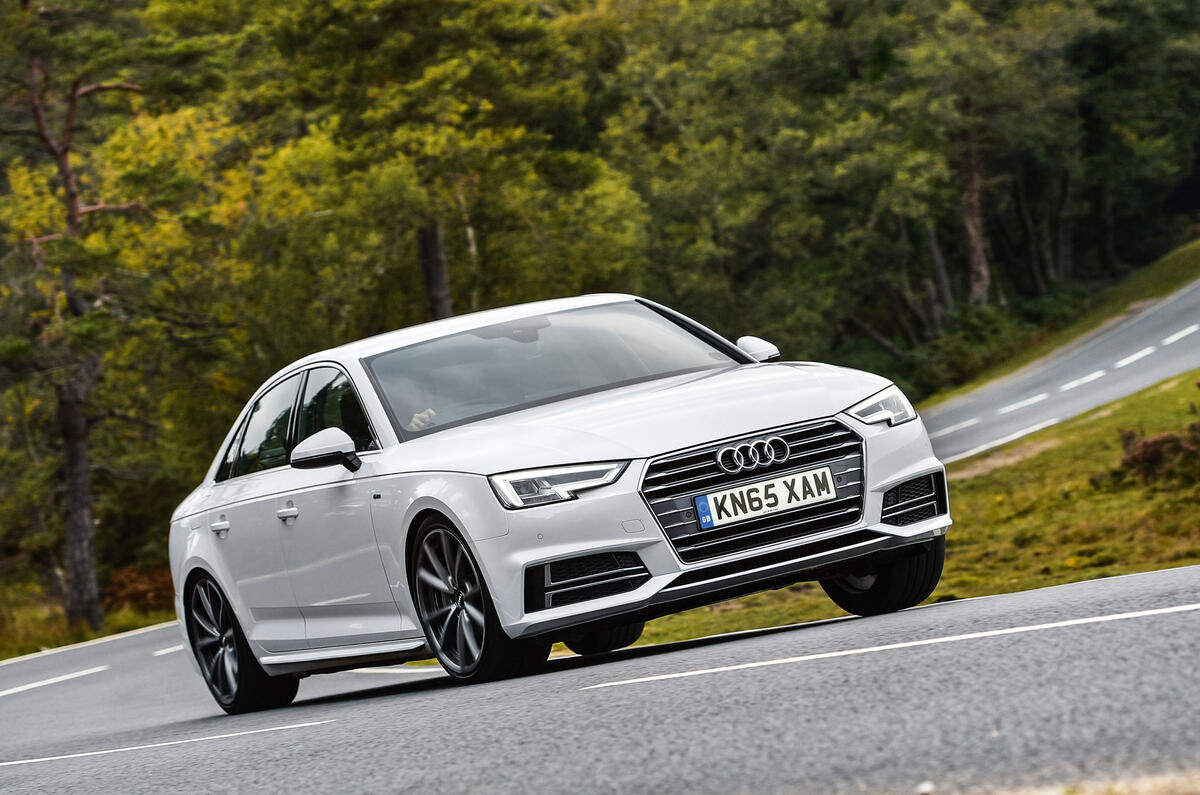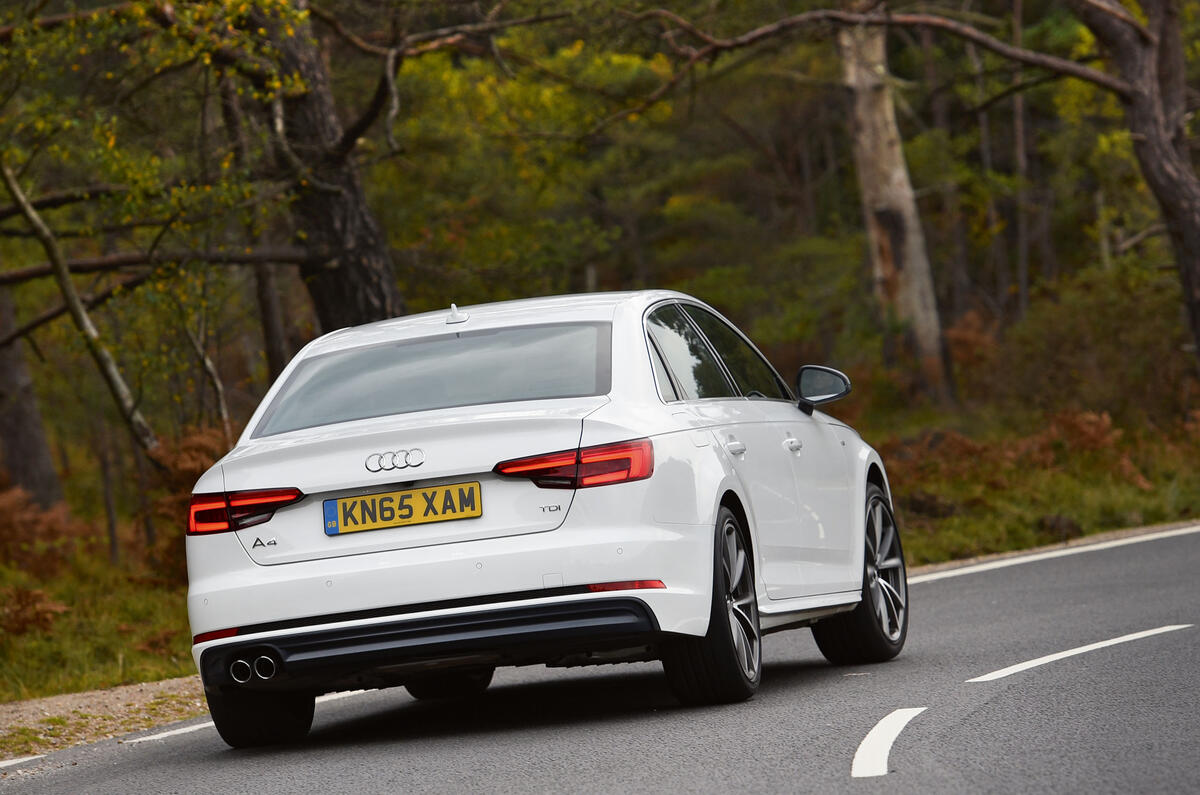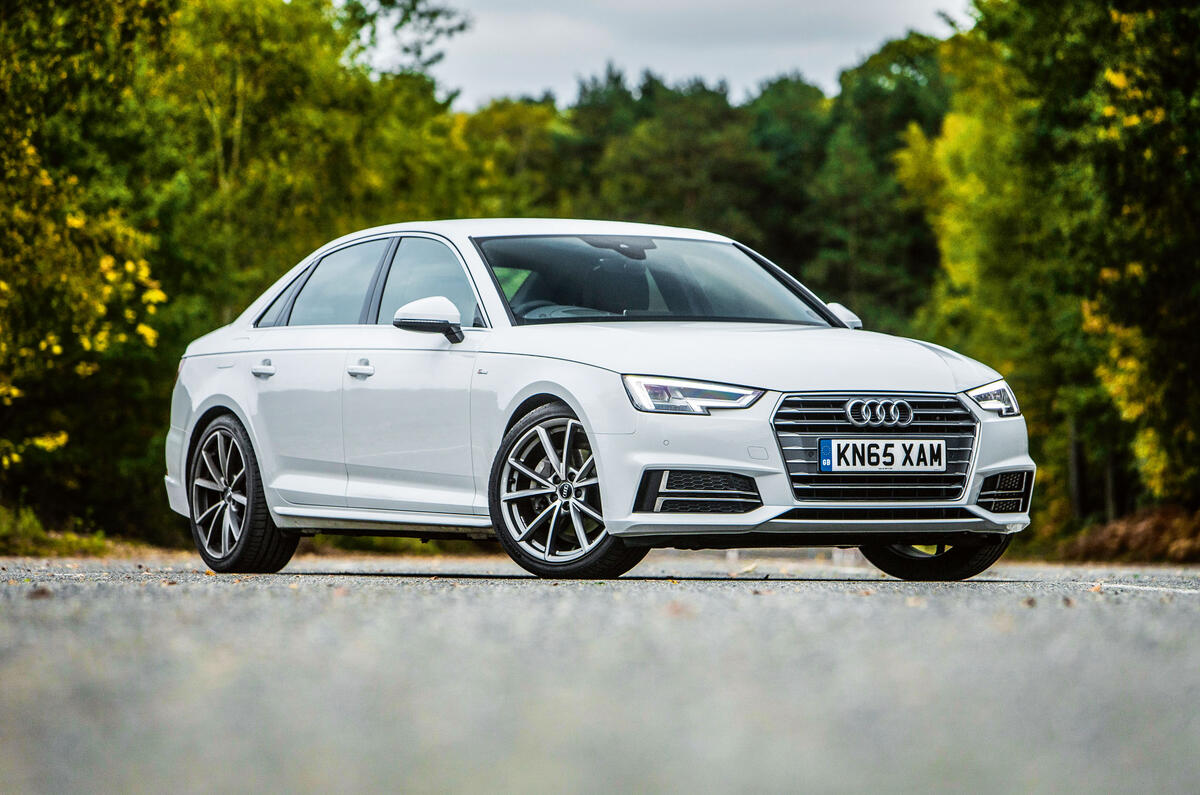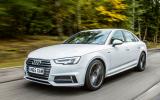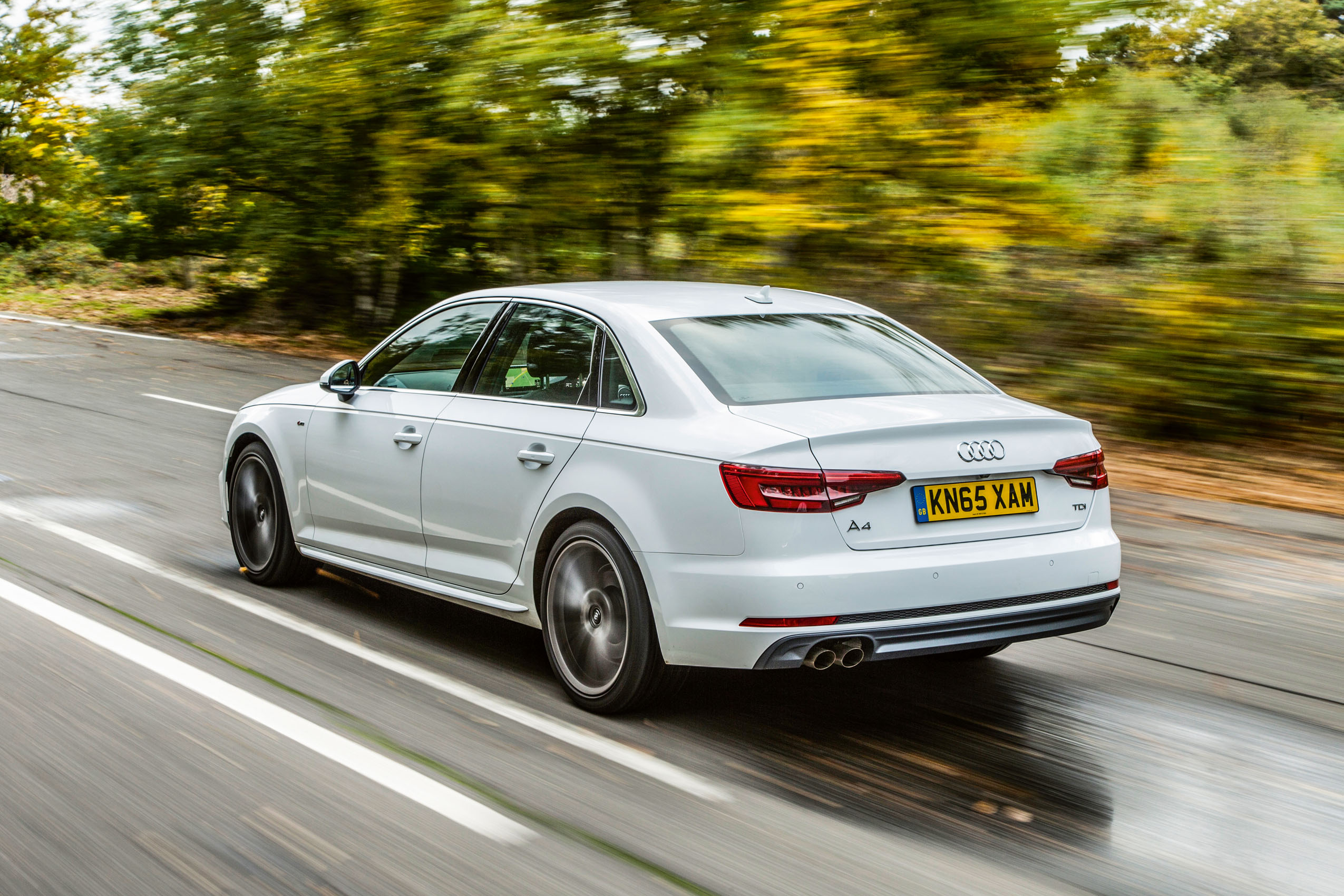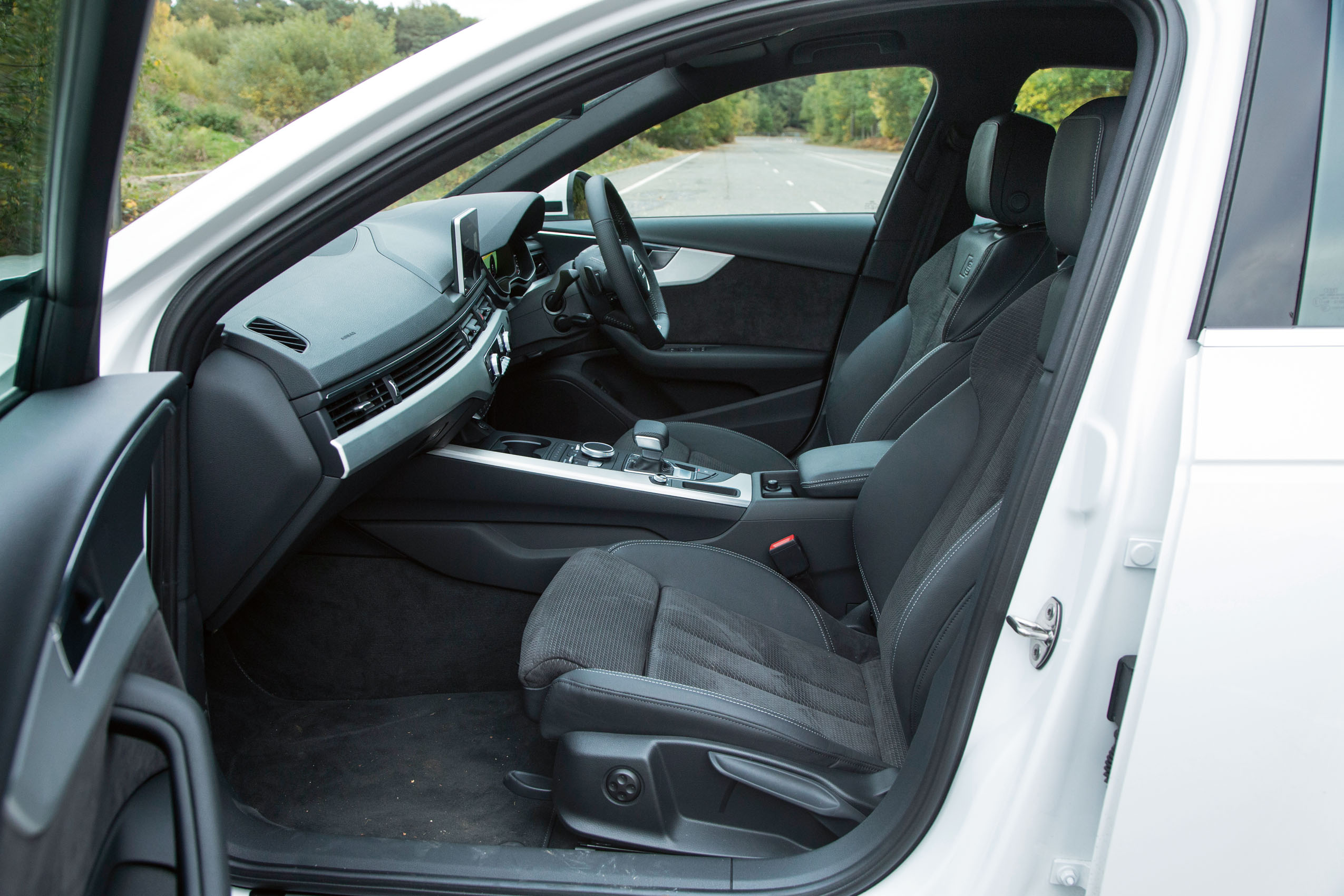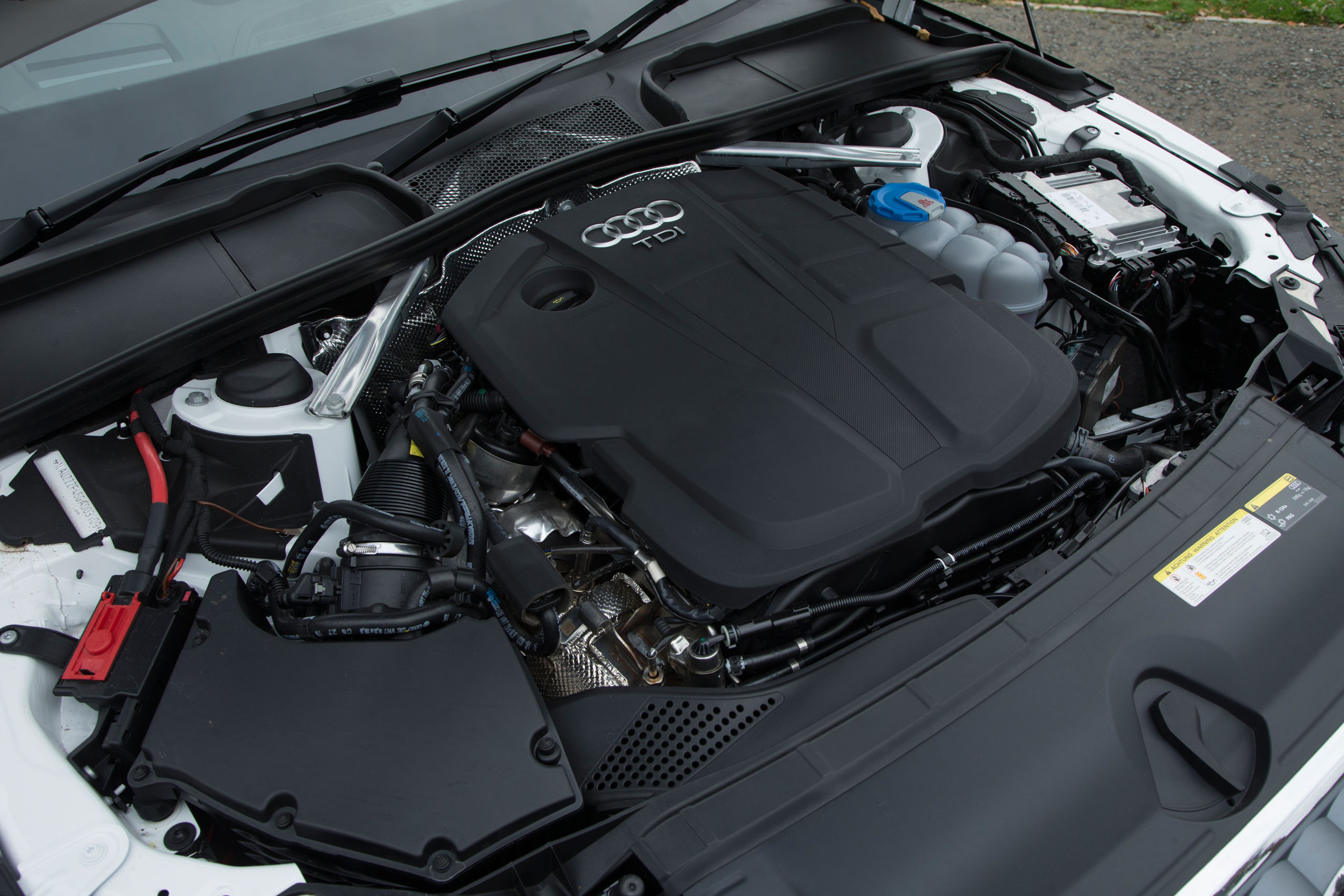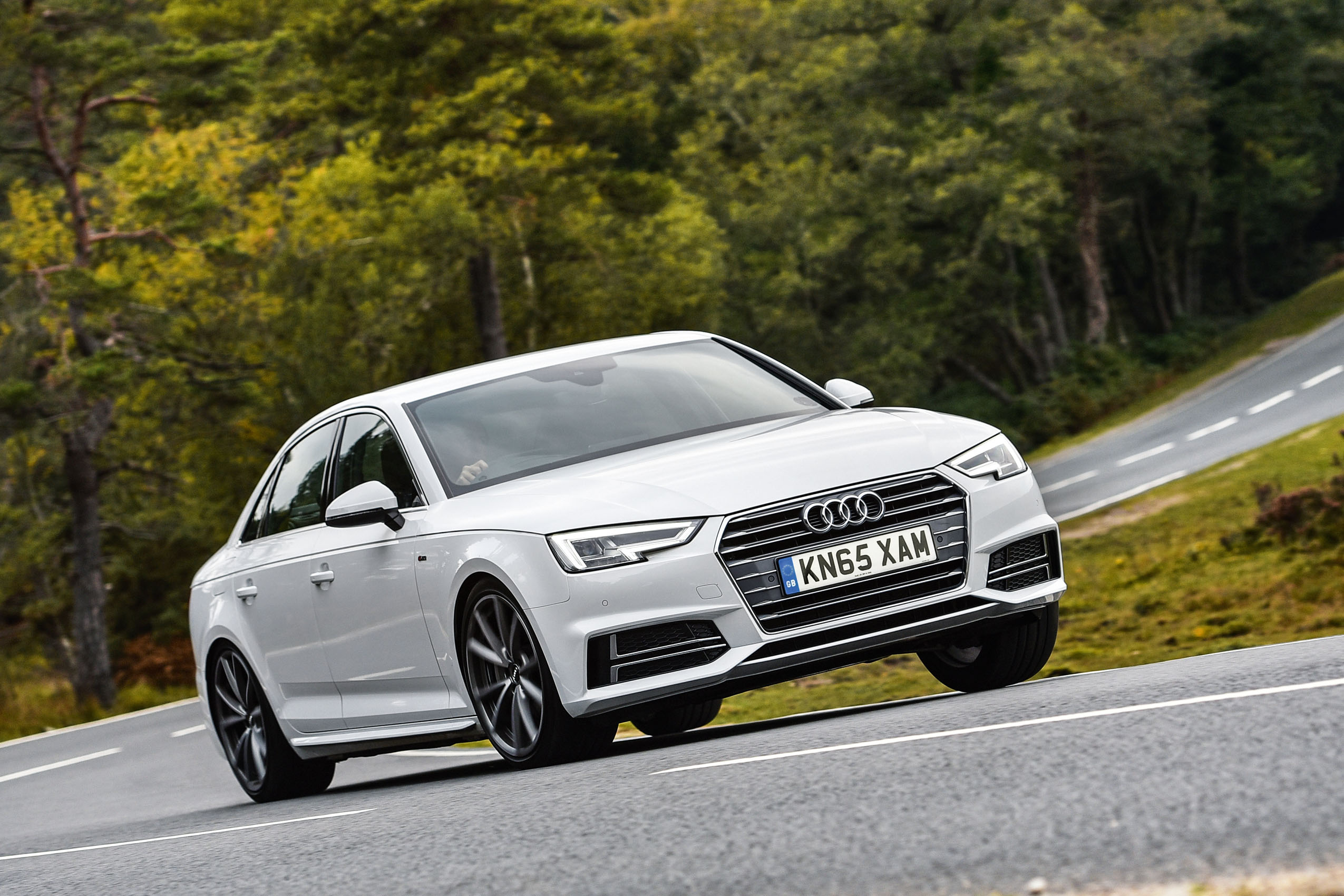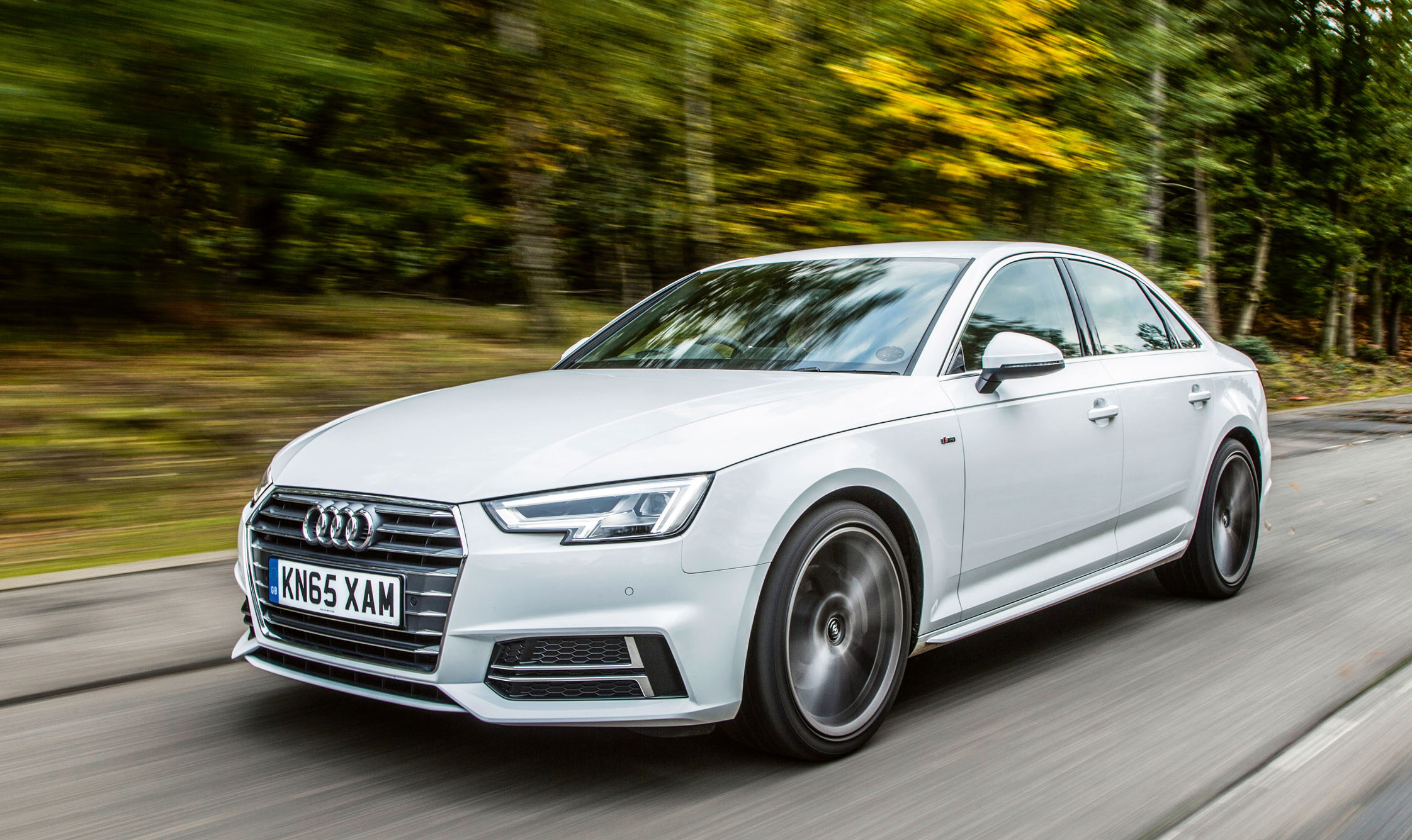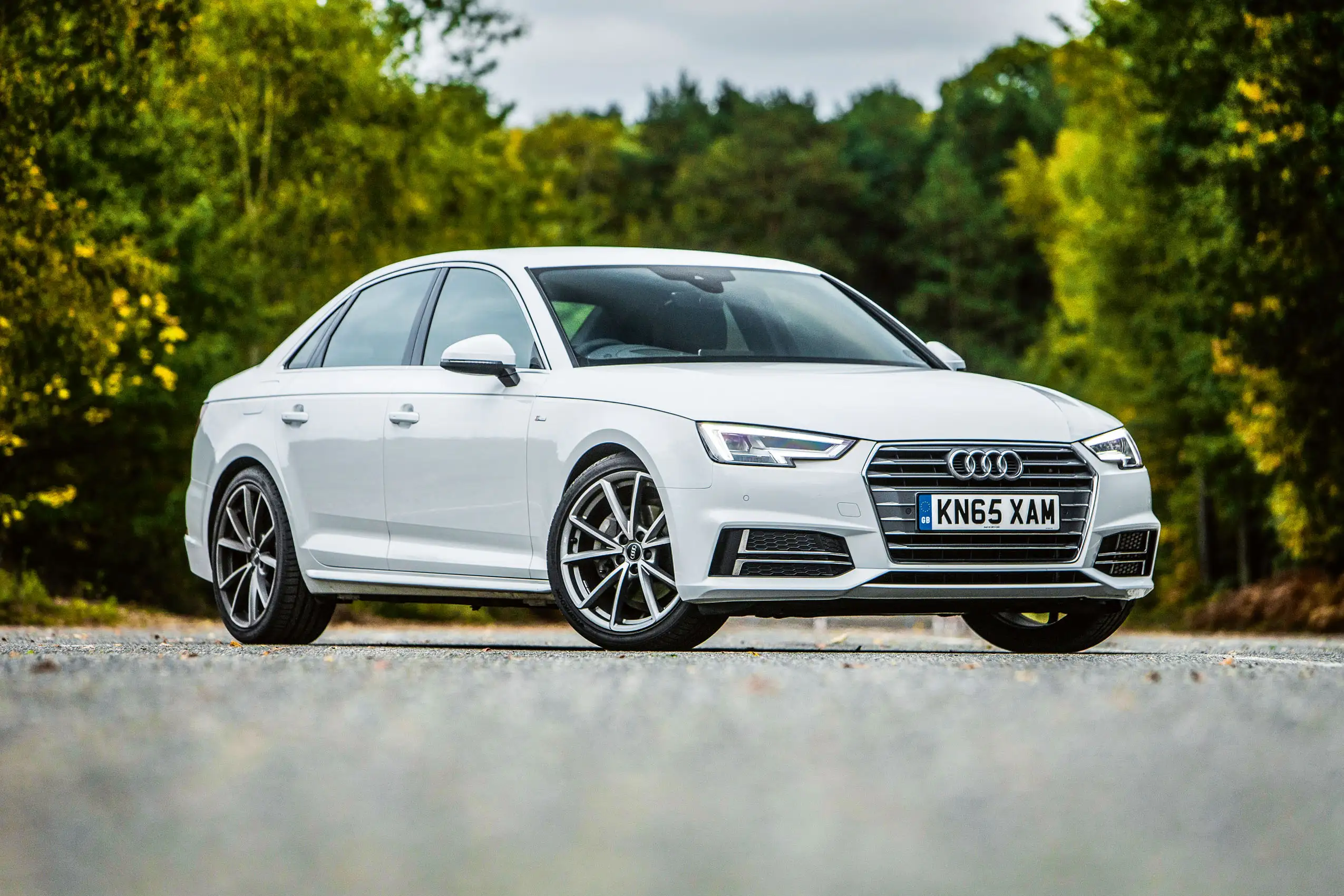When the previous A4 came along, its interior raised the bar on perceived quality among compact premium saloons, but since then Audi’s rivals have had time to respond.
As a result, you wouldn’t say the new A4 blows all of its rivals into the weeds on apparent cabin quality in the way that the previous one did. And yet this is undeniably an interior of deeply impressive integrity, masterfully designed and executed to look and feel clean, modern and uncluttered. It’s reserved rather than in any way eccentric, and slightly lacking in warmth, maybe, but the quality is outstanding from carpet level upwards.
The car’s very minor growth spurts have made extra room in both rows of seating. According to our tape measure, the back ones offer competitive leg room but slightly disappointing head room for larger adults.
The boot, at 480 litres, is identical on claimed size to that of a Mercedes C-Class or BMW 3 Series, and bigger than a Jaguar XE’s – and its expandability has been bolstered by the addition of 40/20/40 split-folding rear seatbacks. The Avant comes with 505 litres of boot space which is more than its closest rivals - the Mercedes-Benz C-Class Estate and BMW 3 Series Touring - but is on par with them when its rear seats are folded flat.
Occupant space in the front is good, and so is the driving position. Our S line test car came with comfortable manually adjusted sports seats with extendable cushions, plenty of base height and angle adjustment, and lots of leg room.
As standard, the car is fitted with analogue instruments and a typical trip computer-style central screen, but they can optionally be swapped for the same 12.3in Virtual Cockpit TFT instrument cluster as the one offered in the TT. Unlike in the Audi TT, it can be partnered with a head-up display and a central 7.0in infotainment screen.
The flexibility of what information you choose to be displayed in which location gives the A4’s driver the ultimate in configurability: two widescreen high-resolution navigations maps displayed simultaneously, for example, in case you want to be guided in bird’s-eye and north-up modes at the same time.
Even the most ardent critic of Audi would find it difficult not to be impressed by the technological sophistication of the A4’s interior and the substance and tactile appeal of its fittings, right down to the sculptural indicator stalks.
There are four core trim levels to choose from when speccing your Audi A4. Entry-level SE models come with xenon headlights, 17in alloy wheels, an acoustic glazed windscreen, cruise control, parking sensors, keyless ignition and various semi-autonomous braking systems as standard. Inside there is tri-zone climate control, manually adjustable front seats and Audi's MMI infotainment system, complete with Bluetooth and USB connectivity, smartphone integration, DAB radio and a 7.0in colour display.
Upgrade to Sport and the A4 is kitted out with sportier attire, heated front sports seats, interior ambient LED lighting, sat nav and a 10-speaker audio system, while S line models get a more aggressive bodykit, sports suspension, 18in alloy wheels, LED head and rear lights and a leather and Alcantara upholstery. Topping the range is the Black Edition trim, which adorns the A4 with 19in alloy wheels, tinted rear windows and lots of gloss black interior and exterior trim.
Those opting for an S4 will gain all the standard equipment found on an S line A4, plus an Audi Sport-designed bodykit, suspension, braking system and alloy wheels, front super sports seats with massaging function, a Nappa leather upholstery and an upgraded Audi MMI infotainment system with a touch control panel and an 8.3in display.
The RS4 is only available in Avant estate form and is available in two trims. The standard car comes with 19in alloys, a RS-specific Virtual Cockpit, massaging Super Sport front seats, a Nappa leather upholstery, ambient interior LED lighting, and a beefy bodykit, while the Carbon Edition adds 20in alloy wheels, red brake calipers, a sports exhaust system, Matrix LED headlights, an aluminium styling pack, rear privacy glass and lots of gloss black exterior trim.
Our test car had Audi’s top-level infotainment systems fitted: MMI Navigation Plus with a free-standing 8.3in central screen; MMI Touch, which turns the top of the MMI controller knob into a touch-sensitive pad; the configurable LCD instruments of Virtual Cockpit; and a colour head-up display.



